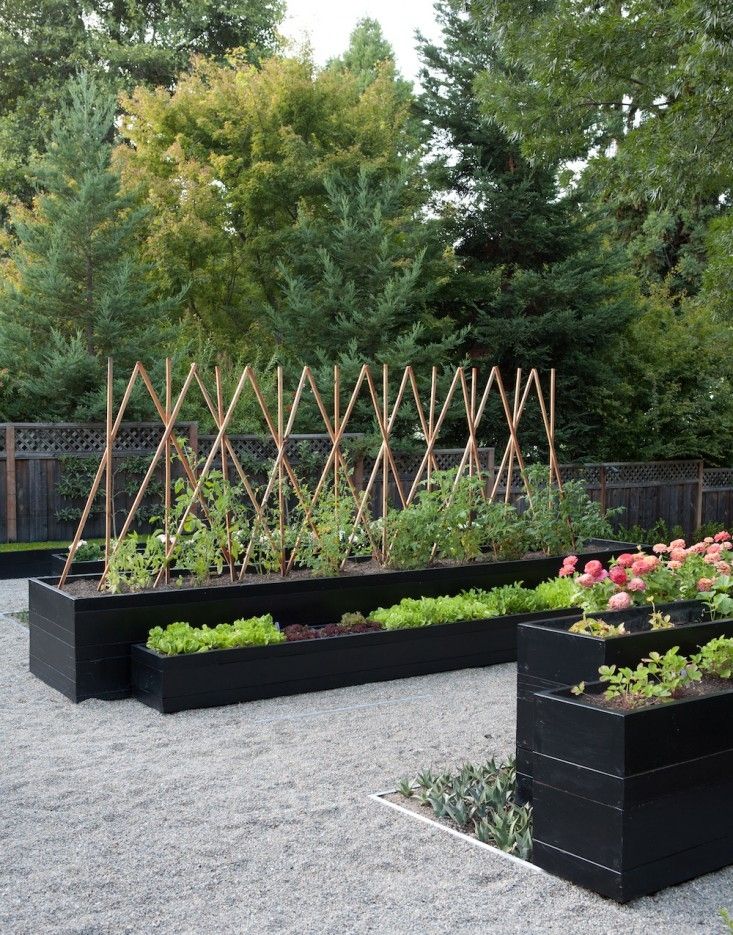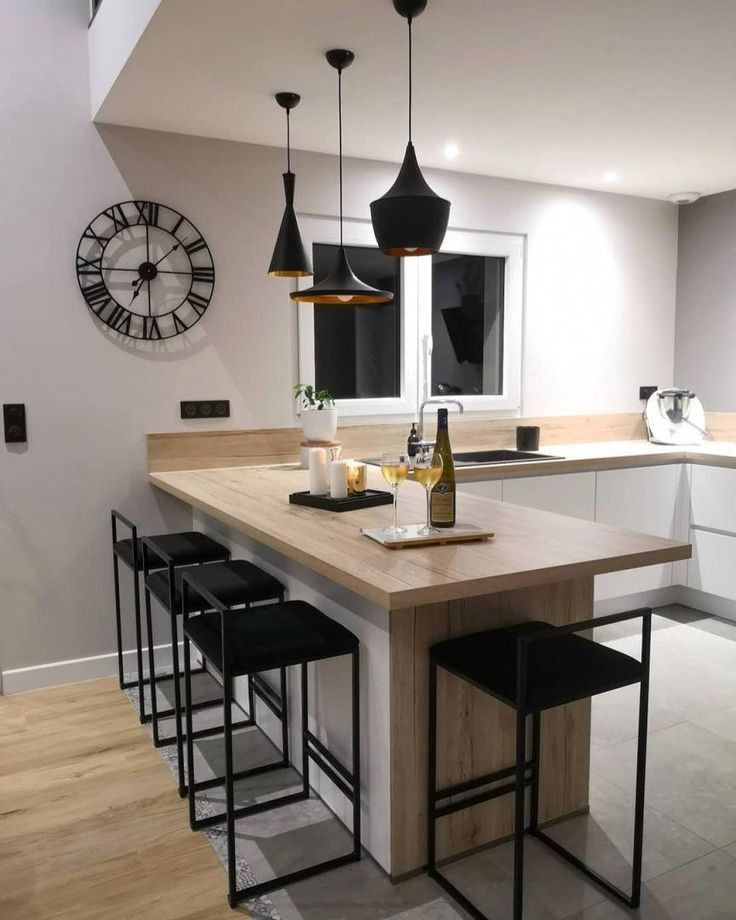Best lighting dark room
10 top tips from experts |
(Image credit: Davide Lovati)
Lighting a dark room successfully can be demanding. But a scheme that provides good overall illumination as well as task and mood lighting is a must if it’s going to be a space which is comfortable for all the activities that take place there, and one in which light levels can be adjusted to suit the mood.
There are a number of reasons why the room might be naturally dark. Small windows – perhaps in a cottage – a north-facing position, shading by trees, foliage, or other external features, or a basement location can all make it more gloomy than you’d like.
Whatever the issue, though, clever lighting ideas are required and here the experts provide their advice for brightening and lighting a dark room.
Lighting a dark room
A space that’s gloomy will feel profoundly uninviting and may well provide insufficient illumination for some of the tasks that go on there. Here experts weigh in with solutions to the problem of how to make a dark room look brighter – from clever living room lighting ideas to advice for lighting a dining room.
1. Make use of LED strips
(Image credit: Kichler Lighting)
LED strips can be a valuable resource when lighting a dark room. ‘If you have any joinery or cabinetry in the room, then be sure to include LED strip lighting in the designs to bring in another light source,’ says Shalini Misra, interior designer and founder, Shalini Misra .
‘Fitting LED strips to the underside of shelving or into any joinery will bring more light into the space whilst highlighting any items on display. Similarly, fitting LED lights to the top of the cupboard will provide a warming glow and help make the room feel taller and larger. The same goes for any open shelving, with LEDs highlighting any decorative items whilst bringing a warming glow to the space.
‘You should even consider fitting LED strip lighting to curtain recesses or tuck them behind cornices to create a soft diffusion of light.’
2. Illuminate a low ceiling
(Image credit: Gunter & Co)
A room that’s dark might also have a low ceiling – and this can often be the case for basements. To tackle the issue, take inspiration from the guest bedroom of this Belgravia mews maisonette, which is naturally dark as well as not being a tall space.
To tackle the issue, take inspiration from the guest bedroom of this Belgravia mews maisonette, which is naturally dark as well as not being a tall space.
‘We didn’t want to lower the ceiling even more with a pendant, so my solution was to recess lighting into a void in the ceiling, resulting in a soft wash of light,’ explains Irene Gunter, founder of Gunter & Co .
‘We combined the recessed lighting with Linden lamps by Kelly Wearstler. The lamps don’t just look beautiful (particularly considering we customized the shades), but they also emit a warm, ambient light that is great for winding down in the evening. For reading, also consider installing directional wall lights, which are a great light source when reading fine print, but less effective at creating atmosphere.’
3. Pay attention to the room’s role
(Image credit: Ashley Whittaker Design/Thomas Loof)
How you approach lighting a dark room should be informed by what the space is used for. ‘The same rule can apply to every space in the home, but for a more considered result, the rule should be broken and re-applied in a contextual way,’ says Joanne Quinn, senior interior designer at LuxDeco .
‘The same rule can apply to every space in the home, but for a more considered result, the rule should be broken and re-applied in a contextual way,’ says Joanne Quinn, senior interior designer at LuxDeco .
‘Begin by considering a dark bathroom ideas. In here, candles in hurricane lanterns, paired with a thoughtfully positioned wall light or two, one close by to a mirror where illumination is needed would be more suited to the environment than a ceiling full of spotlights.
‘In a bedroom, when night falls and there’s little light to be found, bedside lamps provide a lower level of light close to the height of the bed – the key piece of furniture to highlight. Another lamp by a dressing area, be it another table lamp or a standing floor lamp, promises another source that combines task-style lighting and ambient lighting.
As for the kitchen? ‘Brighter beams of light are called for,’ says Joanne. ‘Try not to disregard the constant need for atmospheric light too, however. ’
’
4. Employ the magic of mirrors
(Image credit: Kelling Designs)
Decorating with mirrors will enhance the daylight that does reach a dark room and make a dark room look brighter. ‘Mirrors make any room lighter, brighter and more dramatic, so add fixed mirrors on long walls, which will double the illusion of space,’ says Juliette Thomas, founder and director, Juliettes Interiors . ‘Floor-standing mirrors can be moved around to create different moods within the room – and bigger is always better. A small mirror in a large space will look skimpy, upsetting the balance of the whole room. However, wall mirrors should never be wider than the piece of furniture below.’
But you should also use mirrors to boost artificial illumination when lighting a dark room. ‘A key trick is utilizing mirrors by lights, whether you position them behind lamps or on the wall to fall in line with your ceiling pendant,’ says Emma Deterding, founder and creative director, Kelling Designs . ‘Placing mirrors behind lamps will help to increase the depth of a room, whilst doubling the amount of light available by reflecting light from the lamp back into the space.’
‘Placing mirrors behind lamps will help to increase the depth of a room, whilst doubling the amount of light available by reflecting light from the lamp back into the space.’
5. Be clever with downlights
(Image credit: James Merrell / Future)
If the corners of a room are gloomy during daylight hours, try this strategy from interior designer Penny Morrison in order to provide background illumination for the entire space.
‘In a dark room I put small downlights in the corners of the room on dimmer switches which can be used to gently enhance the illusion of daylight on a really dark day,’ she says.
6. Think verticals and horizontals
(Image credit: Davide Lovati)
It’s important to think about illumination in a three-dimensional way when lighting a dark room.
'In dark rooms, you should try to create as many sources of warm light as possible,’ says Peter Legg, lead designer, där lighting . ‘Place lights at different levels to ensure the room is illuminated vertically and horizontally.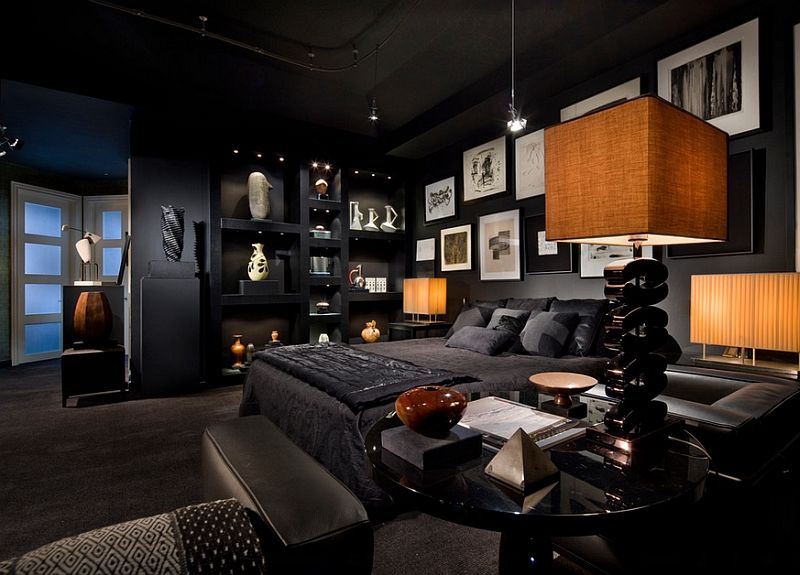 Table and floor lamps are ideal for any shady corners, and wall lights can help frame the main area or highlight the edges of the space when placed at either end.
Table and floor lamps are ideal for any shady corners, and wall lights can help frame the main area or highlight the edges of the space when placed at either end.
‘When picking the central light source, choose an armed pendant or one made from glass to help light bounce across the space.’
7. Opt for consistent color
(Image credit: Life Kitchens)
If using LED lighting in a dark room, make sure it all has the same color tone – this is important in all rooms, but particularly if you are looking for kitchen lighting ideas because there are so many reflective surfaces.
‘Warm white works well because it offers a cozy, relaxing atmosphere, while still brightening a dark room,’ says David Conlon, founder, En Masse Bespoke Interiors .
8. Consider the glass in light fixtures
(Image credit: Polly Eltes)
Whether living room chandelier ideas or pendants are preferred, it’s worth thinking about the glass in light fixtures when lighting a dark room.
‘Chandeliers add immediate drama and romance to dark entrance halls or cozy dining spaces, or if your style is more casual then groups of pendants work really well, especially when they’re hung at different levels to add more interest,’ says Tim Oulton, founder, Timothy Oulton . ‘We often use optical-grade K9 glass in our lighting; it’s clearer and lighter than crystal so it softly diffuses the light and creates a very gentle, romantic glow.’
9. Select the right lampshades
(Image credit: Sims-Hilditch)
The choice of lampshades as well as the number of lamps can assist in making a dark room lighter. ‘An ambient glow is what you can expect through the fabric of your lampshade,’ says interior designer Benji Lewis, founder of Zoom that Room . ‘Therefore, if the room is dark, more are needed.
‘Silk taffeta is a sumptuous finish for a lampshade, especially good if it’s a more formal effect you're after. It also reflects light so is perfect for a dark room.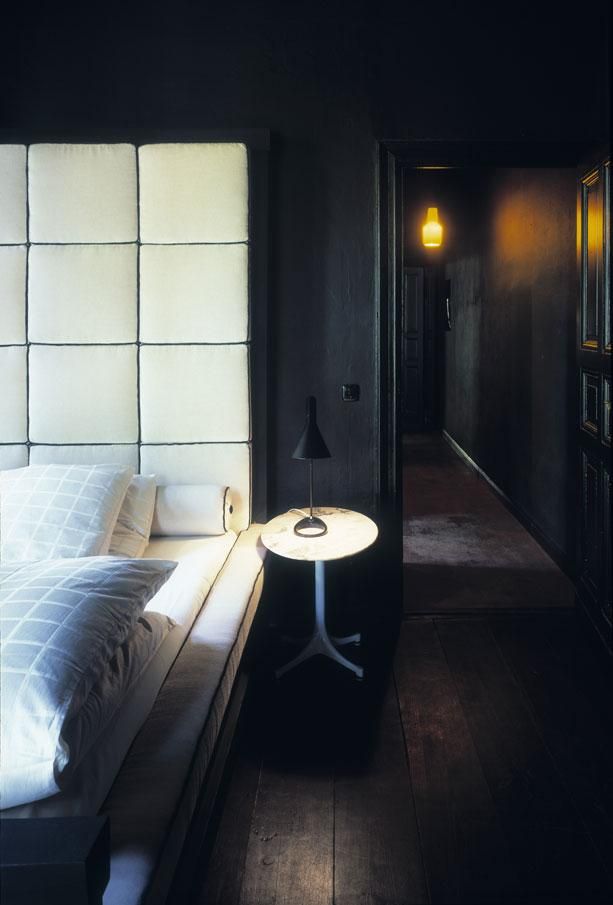 Gathered muslin is a slightly different but lovely fabric which lets the light come through well.
Gathered muslin is a slightly different but lovely fabric which lets the light come through well.
Consider the linings of lampshades as well. ‘Metallic shade linings are excellent for spectacle,‘ says Benji. ‘I’d likely lean towards gold rather then silver, however, because the ambient light will look warmer; similarly cream card lining is going to allow for softer light than a bright white lining.’
10. Use a lacquered finish
(Image credit: Maestri Studio Photograph: Nathan Schroder)
A lacquered finish can be an excellent solution for a naturally dark room. ‘We used white walls and a lacquered white ceiling to brighten up this space,’ says Eddie Maestri AIA, principal architect, creative director, and owner of Maestri Studio . ‘The lacquer reflects light and the mirror quality gives the perception of more space.’
How can I get better lighting in a dark room?
To get better lighting in a dark room begin by making the most of the daylight there is then address its artificial light.
‘To add light to a dark room, I would always recommend trying to maximize natural light by opening up walls, installing large bi-fold windows and paring back window treatments (utilizing a frosted window film instead of blinds, for example),’ says TR Studio founder, Tom Rutt.
‘Artificial light is also an important tool. Incorporate multiple light sources in different parts of a room, such as wall, table and floor lights. This will throw light upwards at the ceiling to “lift” the space and illuminate the room much more effectively than a single overhead light source and it will also create a cozy, more inviting ambience.
‘Consider focusing light on surfaces and features such as alcoves, nooks, shelving and artwork. Spotlights and wall lights are great when they’re used in this kind of considered way as the light will bounce off these surfaces softly illuminating the surrounding space.
‘Dark walls/surfaces and north-facing rooms aren’t going to reflect light, so think about using lighting with diffusion to disperse the light.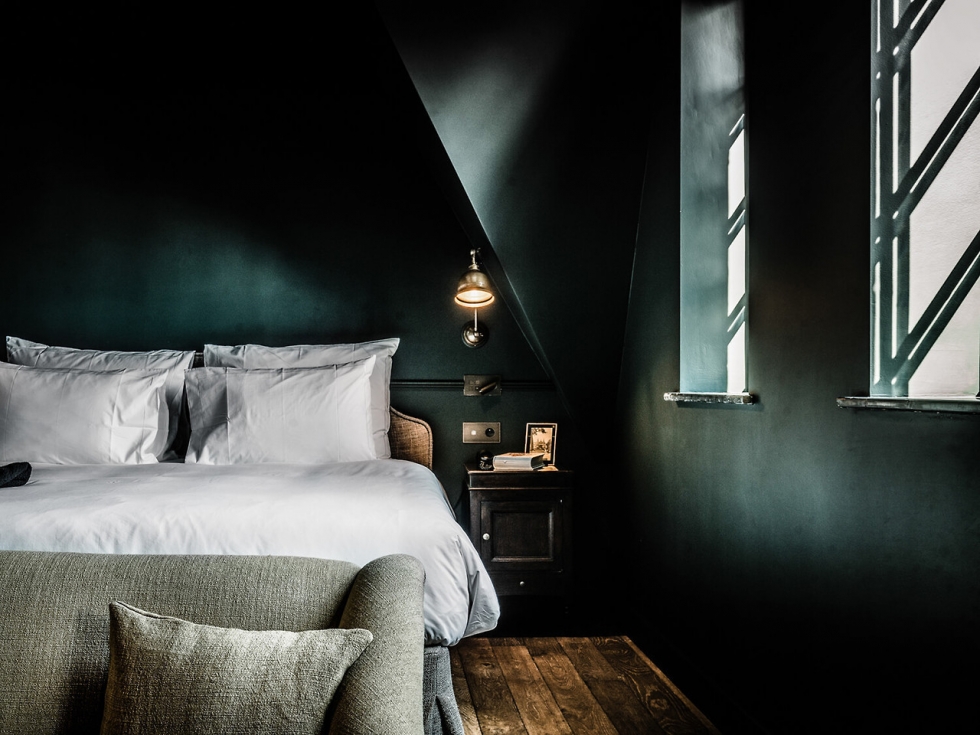 ’
’
How can I get good lighting in a room without a window?
In a room without a window, the lighting design needs to supply all the illumination. ‘The exact level of light you need in a room will depend on a number of things, including the size and shape of the room, what it’s being used for, and the kind of ambience you’re looking to create,’ says Rohan Blacker, founder of Pooky .
‘Introducing a number of different light sources into a windowless room can help to lift the space and prevent it from feeling dark or enclosed. You should aim for balance within the space. Try to avoid making certain areas particularly bright at the expense of others, as this will emphasize any dark corners, making the room feel smaller and more enclosed.’
Sarah is a freelance journalist and editor. Previously executive editor of Ideal Home, she’s specialized in interiors, property and gardens for over 20 years, and covers interior design, house design, gardens, and cleaning and organizing a home for H&G. She’s written for websites, including Houzz, Channel 4’s flagship website, 4Homes, and Future’s T3; national newspapers, including The Guardian; and magazines including Future’s Country Homes & Interiors, Homebuilding & Renovating, Period Living, and Style at Home, as well as House Beautiful, Good Homes, Grand Designs, Homes & Antiques, LandLove and The English Home among others. It’s no big surprise that she likes to put what she writes about into practice, and is a serial house renovator.
She’s written for websites, including Houzz, Channel 4’s flagship website, 4Homes, and Future’s T3; national newspapers, including The Guardian; and magazines including Future’s Country Homes & Interiors, Homebuilding & Renovating, Period Living, and Style at Home, as well as House Beautiful, Good Homes, Grand Designs, Homes & Antiques, LandLove and The English Home among others. It’s no big surprise that she likes to put what she writes about into practice, and is a serial house renovator.
How to Brighten a Dark Room
Remember what amateur photographer and Beetlejuice love interest Lydia Deetz told her father when he offered to build her a darkroom in the basement? “My whole life is a dark room. One. Big. Dark. Room.” Well, to each their own and all that, but for the majority of us, to have a light-filled home is preferable. It’s not always easy, however. In fact, brightening up a dark space is a common challenge when designing a room. Thankfully, there are foolproof tricks that interiors professionals like Jessica Schuster, Dan Mazzarini, and Gary McBournie use to add light through details. From painting the ceiling to layering in accessories, we asked them for some tips to help you let the light in.
From painting the ceiling to layering in accessories, we asked them for some tips to help you let the light in.
1
Paint Your Floor White
Courtesy Dan Mazzarini
As if you needed a reason to cover those midcentury parquet floors that came with the apartment. “White painted floors reflect light around the space,” Mazzarini says. “I like Armorseal Rexthane by Sherwin-Williams.” Here, the designer juxtaposed snow-white floors with black furnishings and accents for an edgy, graphic look.
2
Choose a Bright Rug
Ricardo Labougle
A large, multicolored area rug, like this one in Juliana Lima Vasconcellos’s pied-à-terre, is not just a solution for defining a specific area in a home. “I love colorful carpets,” McBournie says. “They have the ability to both draw you in and create a distraction. ”
”
3
Ditch the Heavy Curtains
Douglas Friedman
“I will opt out of using draperies and instead use a solar or Roman shade to give the appearance of less fabric while still finishing the windows,” Schuster says. To wit: Get rid of heavy, dark curtains that absorb light. Here in the designer’s own apartment, the curtain-less look accentuates the natural light that floods in.
4
Select Bright Art
Douglas Friedman
While dark rooms can be cozy, adding vibrant artwork will elevate the mood and look of the space. For added brightening properties, McBournie says: “Don’t forget to add some picture lights or spotlights.”
In this cozy den in San Francisco, designer Nicole Hollis made a bright artwork by Doug Aitken the mesmerizing focal point of the largely dark room.
5
Hang a Mirror
Stephen Kent Johnson
Double the amount of sunlight in your room by bouncing the light off reflective surfaces.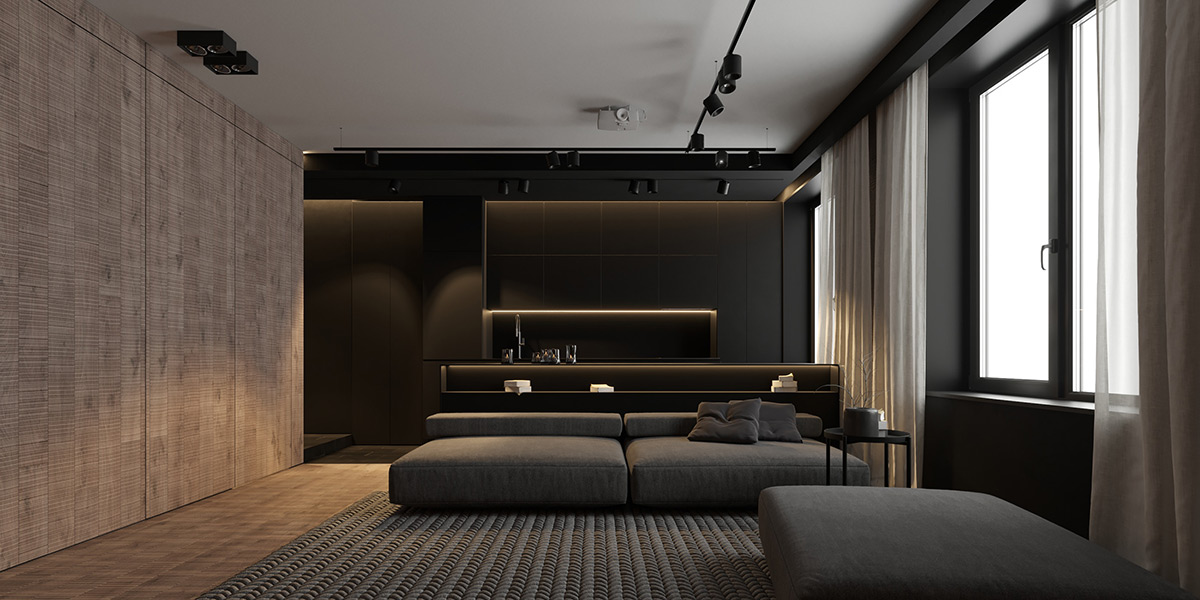 “It helps to completely mirror a wall or to add a decorative mirror opposite the windows to bring in the light,” Schuster says—just as Gabriel Hendifar did in his sultry New York apartment, shown here.
“It helps to completely mirror a wall or to add a decorative mirror opposite the windows to bring in the light,” Schuster says—just as Gabriel Hendifar did in his sultry New York apartment, shown here.
6
Try a High-Gloss Ceiling
Roger Davies
One of the best ways to bring more light into a room is with a high-gloss paint color, and a ceiling is the perfect spot to experiment with this design choice. “High-gloss paint can add another reflective surface to a dark room,” McBournie says. Here in a Beverly Hills home, designer Oliver M. Furth painted the ceiling in Pratt & Lambert’s high-gloss lacquer in Gun Powder.
7
Take Your Room’s Temperature
Stephen Kent Johnson
When it comes to lighting, color temperature matters a lot! And according to Mazzarini, 2700K bulbs are recommended as you enter the world of LED lights. “If budget allows, use a warm-glow technology dimming bulb,” he adds.
“If budget allows, use a warm-glow technology dimming bulb,” he adds.
Lighting designer Lindsey Adelman would know: Here in her Brooklyn townhouse, she selected her own Drop System chandelier to create just the right ambience.
8
Incorporate Metallics
Annie Schlechter
Using shimmery gold or silver accessories is an easy way to transform a dark and dreary space. “I have successfully used metallics on the walls, ceilings, light fixtures, and accents of furniture,” McBournie says. “Just be careful—too much of a good thing is too much of a good thing.” In a bedroom of a South Florida home, for example, designer Rodney Lawrence incorporated just the right amount of silvery accents in the lamps and de Gournay wallpaper.
9
Choose Light-Wood Floors
Nick Glimenakis
When a space is in need of additional light, it’s best to choose light-wood flooring to brighten up the room. “A lighter floor contrasted with a colorful wall can help to ‘push the walls out’ and make the space feel larger,” McBournie says. Designer Delia Kenza did precisely that in her recent renovation of a Brooklyn townhouse, shown here.
“A lighter floor contrasted with a colorful wall can help to ‘push the walls out’ and make the space feel larger,” McBournie says. Designer Delia Kenza did precisely that in her recent renovation of a Brooklyn townhouse, shown here.
10
Embrace a White Lampshade
Philippe Garcia
White paper wraps rock...and everything else when it comes to lightening a room. “White paper is your friend,” Mazzarini says. He suggests not holding back from bringing white paper lampshades, lanterns, and pendant lights into your dark space. Take this bright bedroom in a Belgian retreat designed by Olivier Dwek, for example.
11
Opt for a White or Neutral Color Scheme
Silvia Foz
A dark room isn’t the place to try out a moody, dark color palette. “Light hues on the walls and ceiling can really help lighten a naturally dark space,” Schuster says. If your walls are neutral, paint the ceiling a shade lighter to help light bounce around the room. That strategy helped this New York apartment designed by fashion veteran Carly Cushnie feel extra airy.
If your walls are neutral, paint the ceiling a shade lighter to help light bounce around the room. That strategy helped this New York apartment designed by fashion veteran Carly Cushnie feel extra airy.
12
Supplement Your Daylight
Joshua McHugh
Indirect lighting aimed upward can make up for lack of light on the ceiling, especially toward the end of the day. “This is an opportunity to be creative,” McBournie says. “For the interior library of a New York apartment, I created and strategically placed a faux light shaft with an iron grate on a focal wall.”
Another excellent example? Here in a pint-sized kitchen designed by Cochineal, vintage sconces take the place of humdrum task lighting.
13
Clean Your Windows Regularly
Amy Neunsinger
Yes, we know. This one seems a tad obvious, but simply cleaning your windows will have a major effect on how much sunlight streams into the room. “It is amazing what clean windows can do for a room,” McBournie says. “I recommend doing this every spring and fall, or more often.” You can see how the strategy pays off in this light-filled living room designed by Nickey Kehoe.
“It is amazing what clean windows can do for a room,” McBournie says. “I recommend doing this every spring and fall, or more often.” You can see how the strategy pays off in this light-filled living room designed by Nickey Kehoe.
14
Hire a Lighting Designer
Those sad fixtures your landlord likely pulled out of a Dumpster aren’t doing you—or that dark room—any favors. “Often, a lighting designer can trick the eye to make the light feel more voluminous in a darker space,” Schuster says. The lighting in this moody Richard Mishaan–designed powder room strikes just the right note.
Charles Curkin Articles Editor, ELLE Decor Charles Curkin is ELLE Decor's Articles Editor, covering everything related to the architecture, interior design, real estate, and travel industries, and has previously written for The New York Times, The Wall Street Journal, and The Paris Review.
Lighting in a dark room . Electric couple
In a dark, dark room... This situation from a children's horror story, unfortunately, is often found in life. The reasons why the sun does not look into the room can be different: the north side of the house, hiding the light of a neighboring high-rise building or a forest area. In any case, living in such a room is uncomfortable - drowsiness increases, fatigue, depression. The easiest way, of course, is to add lighting. The idea is good, but this is not the place to start.
Increased lighting in the dark room
Interior decoration of the room, in which the sun is a rare guest, should be bright. Shouldn't fall into extremes and turn the living room into a branch of the hospital operating room, making walls, floor and ceiling are white. The walls can be decorated in bluish or pearl gray tones, but such colors are considered "cold", and the room will cause a feeling of coolness and detachment. If you want to make dark bright and cozy room, use shades of yellow, beige, peach or green.
The ceiling is still better leave white or sky blue - this will further expand the visual room volume. Do not get carried away with various stucco decorations and niches. Such architectural delights will make a light-poor room look like gothic dungeon filled with mysterious shadows and twilight. An interesting option is to decorate one of the walls with a bold painting in the form of an open a sunny window or a light-filled landscape. The floor can be arranged in pastel shades by choosing a floor covering a few shades darker wall decoration. The mosaic version or beautiful will look extraordinary patterned imitation tiles.
The right choice of interior
Furnishing with heavy pot-bellied chests of drawers and deep chairs covered with covers categorically not suitable for rooms with a lack of natural light. Excess textiles: capes, blankets, bedspreads with tassels, heavy curtains and lambrequins - should be avoided, and on the windows limited to light tulle curtains. You need to get by with a minimum of furniture and place it away from the center rooms, freeing up space. Furniture is also preferred light shades. All kinds of transparent glass or mirror are welcome. inserts in which light will be crushed and refracted, this will give the room additional volume, and the furniture will not look bulky and awkward. Not worth it clutter the room with an abundance of trinkets and souvenirs, as well as hang them on On the walls are large paintings in heavy dark frames.
You need to get by with a minimum of furniture and place it away from the center rooms, freeing up space. Furniture is also preferred light shades. All kinds of transparent glass or mirror are welcome. inserts in which light will be crushed and refracted, this will give the room additional volume, and the furniture will not look bulky and awkward. Not worth it clutter the room with an abundance of trinkets and souvenirs, as well as hang them on On the walls are large paintings in heavy dark frames.
Art lovers can advise to do with a few small canvases, made in light, cheerful manner, and frames are preferable to choose silver and golden hues or white with gilding elements. Very nice and stylish decorations in the form of crystals, mirror compositions will look, crystal pendants, white sea shells, small gilded figurines. All shiny surfaces, chrome, nickel or gold plated elements of the decor in a dark room will look very advantageous. They are perfectly reflect the light, adding a festive splendor to the room.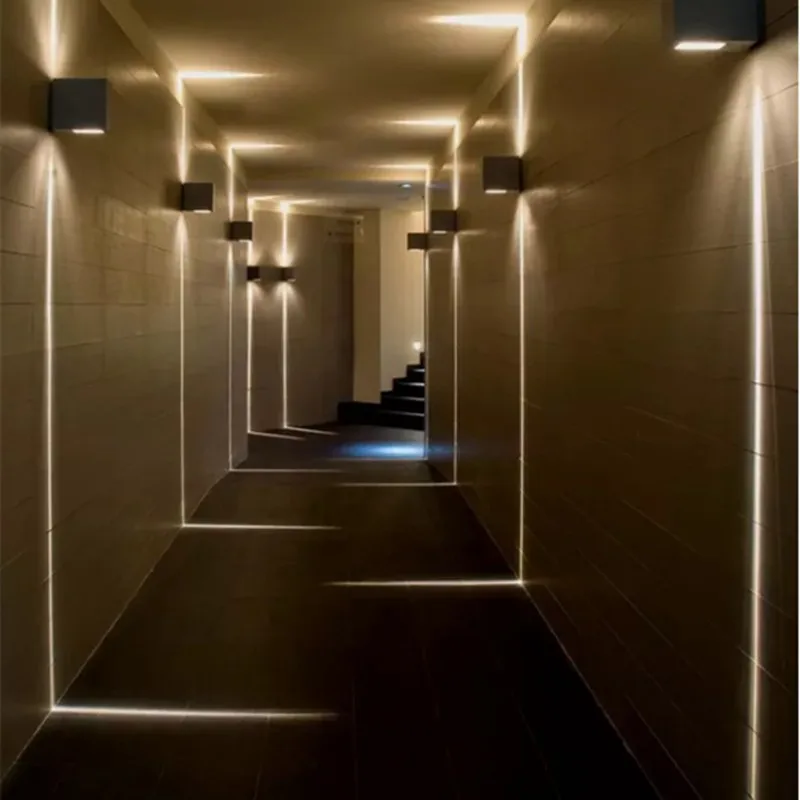
Additional lighting in darkroom
To darkroom lighting should not be approached on the principle of "the more the better". Maximum effect will be achieved by placing lamps around the perimeter of the room so that they evenly illuminated the walls and the rest of the space. One big and very a bright chandelier in the center of the ceiling is likely to create sharp shadow contrasts in corners of the room. The most rational option is a combined multi-stage lighting, when different groups of lamps and backlights can be switched on different times of the day, achieving interesting lighting solutions. If in a dark room nevertheless, it is planned to start plants, especially flowering ones, for their normal development will definitely need additional lamps.
Recently very spot lighting is popular, it is suitable for tension or hanging ceiling. Spotlights have a miniature size, fit into any interior. Given the general concept of design, you can pick up point lamps with crystal, with glass and even with LED backlighting.
Room lighting plants
The main things you don't need do in a poorly lit room - put the plants on the windowsill. window and the space in front of it should be as free as possible. A large number of plants with dark and large leaves, lush bushes or thick vines will turn room in the dense jungle. Plants are best to choose small-leaved, variegated or blooming with white or yellow-orange flowers. Highly one white orchid with large exotic flowers will look spectacular on high stems.
Room lamps plants need to choose special ones that can fully satisfy plant with the right spectrum of light. Depending on the characteristics of the plant, LED lamps, fluorescent lamps or HPS may be suitable. Need It should be noted that DNAT is practically not used in room conditions, since emits a lot of heat and is characterized by an unpleasant light for the eyes.
Many room lovers plants prefer inexpensive CFLs (compact fluorescent lamps). They are sold in any store, affordable.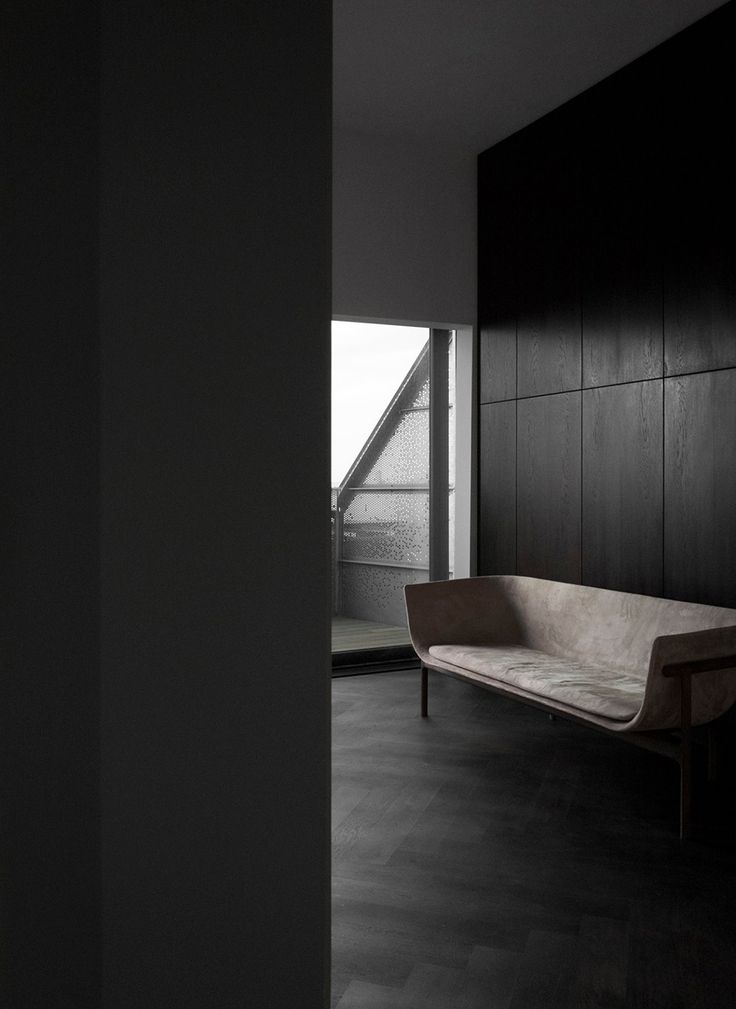 Having created the right combination of cold and warm color temperature lamps can get decent results.
Having created the right combination of cold and warm color temperature lamps can get decent results.
A legend in indoor plant lighting - OSRAM FLUORA fluorescent lamp. This lamp is designed specifically to illuminate plants, its irradiation fully satisfies the plant in the required spectrum of blue and red colors. Serves up to 20,000 hours!
With the help of a successful and competent arranged lighting in a dark room, you can achieve fantastic results. But even in this matter it is worth observing the measure, since an excess of light just as harmful to the human body as its deficiency. It creates excessive emotional and psychological stress, and also tires the eyesight. Take a look at your dark room in a new way. So that, on the advice of the sage Confucius, not engage in a fruitless search for a black cat in it, with the help of simple, but effective techniques can add light, sun and joy to it.
How to make a room brighter: photos and tips on how to make a dark room with a small window lighter and more spacious "Cut through", natural light can not be added.
VVDesign
1. Lighten up the background
If the room is gloomy, there is no point in aggravating the situation by using dark tones in interior design that absorb natural light. The correct decoration of the walls, ceiling and floor will help to make a dark room lighter.
Architectural studio Astar project
Shades do not have to be snow-white: just choose any light option. Imagine that the built-in wardrobe in the photo was made of dark wood.
DSGN HUB
Important : be sure to make a light wall opposite the window. And do not try to hang dark pictures on it or move a dark rack to it - immediately ruin the main idea.
———————————————
IN YOUR CITY…
► Houzz can hire a designer or architect in any city and country.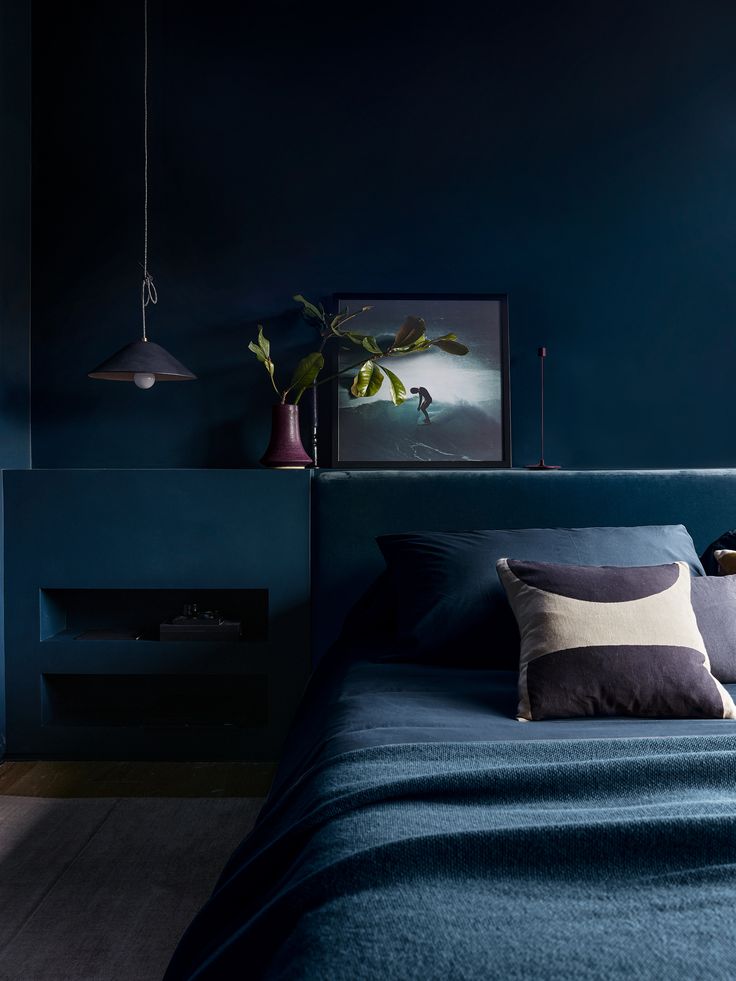 Start looking for a specialist
Start looking for a specialist
————————————————
Victoria Glaz
2. Use sunny shades
White walls certainly create a wonderful atmosphere on sunny days. But not in our latitudes, where half the days of the year you won’t even see the sun. If you do not want to enjoy the atmosphere of the gray sky in your own bedroom, choose the whole range of yellow and close tones for decoration. In a similar way, you can make a room lighter with wallpaper or paint - and then even on the dullest day it will seem to you that the sun has visited you.
Urazmetov Rustem
In the photo: the interior of this Moscow apartment is made in the colors of Mondrian's paintings, while the bedroom got yellow for a reason - it fills the owners with energy and optimism, even if it's cloudy outside the window
ECO CEILING INC
3. Let everything will be glossy - even the ceiling
A stretch ceiling will not fit into every interior, but it is guaranteed to bring the room, as in the photo, out of the status of a gloomy lair.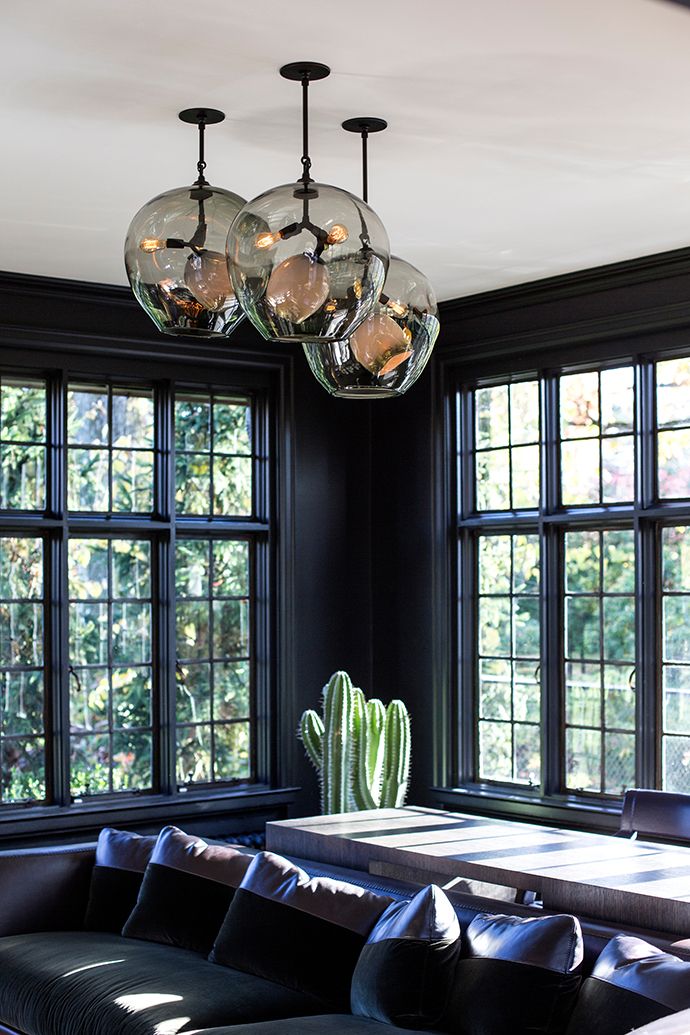 By the way, to make the space of the room brighter, you can use paint with a metallic effect or foil hanging structures - the effect is comparable!
By the way, to make the space of the room brighter, you can use paint with a metallic effect or foil hanging structures - the effect is comparable!
Well Done Interiors Olimpiada Arefieva
The same applies to semi-mirror and glossy furniture surfaces that distribute and multiply light. If possible, use as much gloss as possible in the setting - this will make the room more spacious and lighter.
Alexandra Tkacheva
4. Hang a mirror on the wall... of any room
Use the ancient mirror trick. The best solution is to hang it directly on the wall opposite the window. This will not only make the room much brighter, but also visually enlarge the space.
TS Design | Taras Bezrukov and Stas Samkovich
Ideally, when the mirror is opposite the window, it multiplies the amount of light.
5. Make the walls transparent…
Did you get an open-plan apartment? Do not risk losing the last rays of the sun behind a deaf interior partition.
RELATED…
I wish I could: Showcase dressing room
Yulia Telnova
To keep the light in the interior of a dark room, we strongly recommend glass blocks and frosted glass instead of solid partitions.
REMONSTROOM
6. Dissolve furniture
Plastic tables and chairs, glass tops - transparent structures visually disappear, allowing light to freely pass through them.
Anne Chemineau - Decor Interieur
7. Get rid of dark furnishings
In general, there should not be dark and massive objects in the room: they prevent the penetration and distribution of light. Choose a bed, sofa or wardrobe in light colors. This does not mean that the room should look like a surgical department: build the interior on the nuances of warm pastel shades. In this case, inclusions of any bright colors are quite acceptable.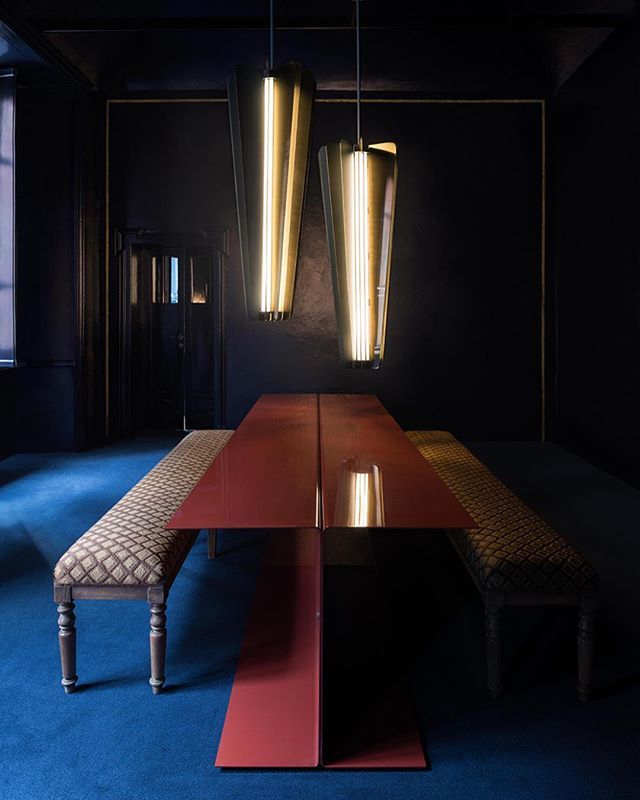
Bjurfors Göteborg
8. Remove curtains
If the window is small, it is better to do without any curtains. If you live on the first floor or your windows are well visible from neighboring apartments, choose a light organza. Through it, the light will be pleasantly scattered around the room. Let the fabric flow from the ceiling to the floor (this will create the visual illusion of a larger window), and hang the curtain rod as high as possible.
Roman Spiridonov
9. Let the sunbeams into the room
Glittering chandeliers, crystal vases, a thread curtain with decorative beads - a well-known recipe for brightening up a room and making it sparkle and shimmer in the sun.
MAKEdesign
10. Clean your windows
It's unlikely that anyone's favorite activity is window cleaning. However, if you have not touched the glass and frame for a long time, do an experiment - wash the windows clean.







